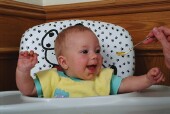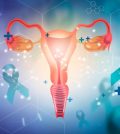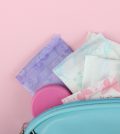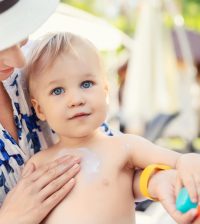- Double Mastectomy May Offer No Survival Benefit to Women With Breast Cancer
- Toxic Lead Found in Cinnamon Product, FDA Says
- Certain Abbott Blood Sugar Monitors May Give Incorrect Readings
- Athletes Can Expect High Ozone, Pollen Counts for Paris Olympics
- Fake Oxycontin Pills Widespread and Potentially Deadly: Report
- Shingles Vaccine Could Lower Dementia Risk
- Your Odds for Accidental Gun Death Rise Greatly in Certain States
- Kids From Poorer Families Less Likely to Survive Cancer
- Tough Workouts Won’t Trigger Cardiac Arrest in Folks With Long QT Syndrome
- At-Home Colon Cancer Test Can Save Lives
By 9 Months, Baby’s Visual Learning Kicks In: Study


By the time they’re 9 months old, babies can use pictures to learn about an object and later recognize the real thing, researchers say.
The findings from their study of 30 British babies appear in the journal Child Development.
“The study should interest any parent or caregiver who has ever read a picture book with an infant,” team leader Jeanne Shinskey, lecturer of psychology at the University of London and adjunct assistant professor of psychology at the University of South Carolina, said in a journal news release.
“For parents and educators, these findings suggest that well before their first birthdays and their first words, babies are capable of learning about the real world indirectly from picture books, at least those that have very realistic images like photographs,” Shinskey added.
The babies in the study were 8 and 9 months old and from middle-income homes. They were shown either color or black-and-white life-sized photos of a toy for about a minute. They were then placed in front of the actual toy in the photo and another toy.
When the two toys were inside clear containers, the babies were more likely to reach for the toy that wasn’t in the photo, which suggests that they recognized the toy in the picture and found it less interesting than the new toy, the researchers said.
When the two toys were inside opaque containers, the babies were more likely to reach for the toy they had seen in the photo. The researchers said that indicates that they had formed a strong mental image of that toy.
More information
The U.S. National Library of Medicine has more about infant and newborn development.
Source: HealthDay
Copyright © 2024 HealthDay. All rights reserved.










